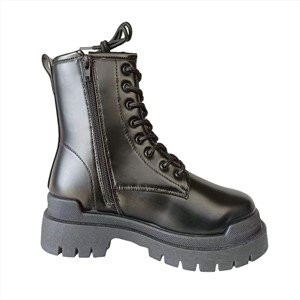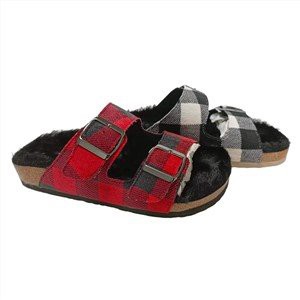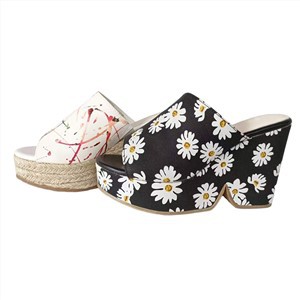Toe cap
A toe cap is a box-like strip covering the . It is the most visible part of the shoe and has great influence on its design and style. In addition, it gives the shoe a defining structure as well as offer extra protection against sharp hazards.
Eyestay
Eyestay, or lace stay, is the part of a shoe that houses the eyelets. There are two eyestays in laced shoes, each running along the length of the shoe on opposite sides of the shoe. Eyestays serve as reinforcement around the eyelet holes – where shoelaces are threaded through.
Tongue
The tongue is a soft, lightly padded strip that sits on top of the foot's arch. It runs from the vamp to the shoe's throat and looks much like, well, the tongue. Tongues are found on shoes with laces and serve to protect the top of the foot and keep the laces from rubbing against the foot. They may be padded for extra comfort or be thin, as seen in dress shoes. Again, the tongues may have flaps or slits that let you thread your laces through to hold them in place.
Heel tab
The heel tab, or achilles tab as it's commonly referred to, extends above the heel counter and protects the achilles tendon. It cradles the shoe comfortably and firmly around the heel.
Heel counter
The heel counter is a little plastic, thermoplastic, or rubber insert that reinforces the heel cup of a shoe and offers extra support. It sits at the back of the shoe where the heel bone rests and offers stability to the foot while ensuring longevity to the shoe.
Outer sole
Also known as the outsole, the outer sole is the outermost part of the shoe that comes in contact with the ground. It's designed to provide shoes with the necessary protection and traction from the surface they will be in contact with.
Midsole
The midsole is the middle part of the shoe. It's sandwiched between the insole and outsole. A well-designed midsole can offer ample cushioning, flex support, and shock absorption, all of which are essential in ensuring your comfort and leg health. Midsoles are mostly made of rubber or leather. Shoes like racing flats have a thin midsole, while others like running shoes have a thick midsole.
Foxing
Foxing is a band that makes the sidewall of the shoe sole. It's separate from the upper and sole that secures the joint where the upper and sole meet. It's mostly used on sneakers to reinforce the application of the sole to the upper. Foxing has to be molded or applied at the sole, overlapping the upper, and spanning right around the shoe.
Shoe heel
The shoe heel is attached to the rear end of the sole. It elevates the back half of the foot to offer adequate support. The heel comprises of two main parts of the shoe: The heel seat, which is the upper part that's shaped like the shoe, and the top piece, which is the lower part that touches the ground.
Insole
The insole, also called the inner sole or footbed, is the inner part of the shoe that sits on top of the midsole and supports the bottom of the foot. Since it is removable, it’s easy to replace. The inner sole attaches to the upper part of the shoe and is made of synthetic insole board or cellulose paperboard.













